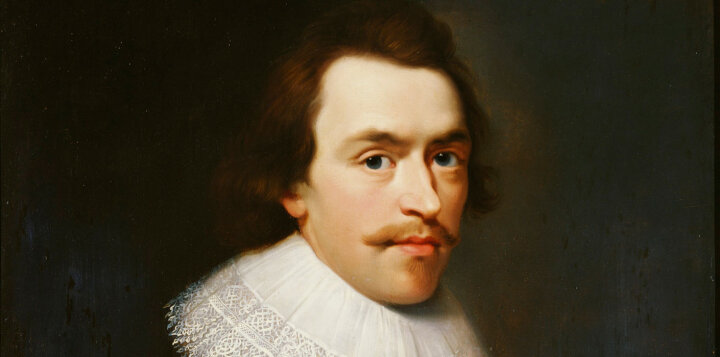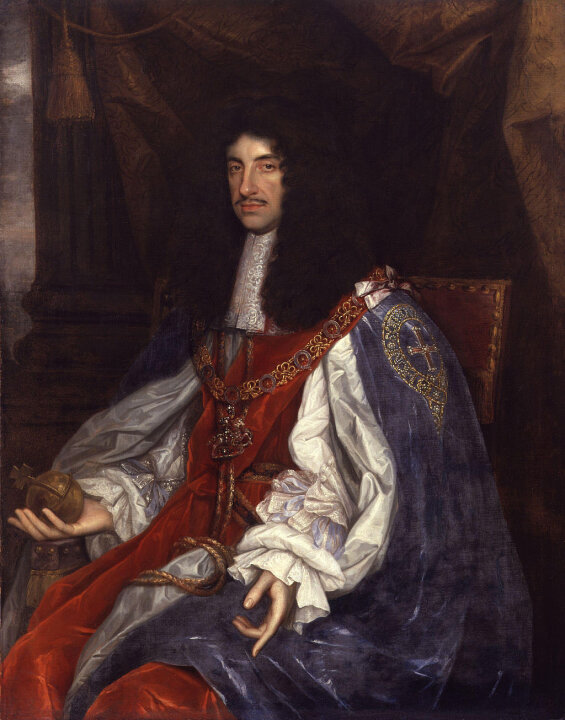Charles I

Charles I (19 November 1600 – 30 January 1649)[a] was King of England, Scotland, and Ireland from 27 March 1625 until his execution in 1649. He was born into the House of Stuart as the second son of King James VI of Scotland, but after his father inherited the English throne in 1603 (as James I), he moved to England, where he spent much of the rest of his life. He became heir apparent to the kingdoms of England, Scotland, and Ireland in 1612 upon the death of his elder brother, Henry Frederick, Prince of Wales. An unsuccessful and unpopular attempt to marry him to the Spanish Habsburg infanta Maria Anna culminated in an eight-month visit to Spain in 1623 that demonstrated the futility of the marriage negotiation. Two years later, he married the Bourbon princess Henrietta Maria of France.
....
Charles II

Charles II, byname The Merry Monarch, (born May 29, 1630, London—died February 6, 1685, London), king of Great Britain and Ireland (1660–85), who was restored to the throne after years of exile during the Puritan Commonwealth. The years of his reign are known in English history as the Restoration period. His political adaptability and his knowledge of men enabled him to steer his country through the convolutions of the struggle between Anglicans, Catholics, and Dissenters that marked much of his reign